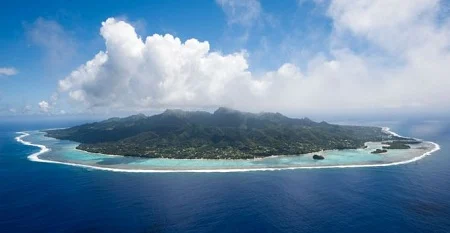For small islands, the incentive to end dependence on imported fossil fuels and embrace renewables is powerful.
Last month we reported on the small island of El Hierro and its bid to become the world’s first island to run off of 100 percent renewable energy.

Now the government of the Cook Islands, in the South Pacific, is vowing to generate all its electricity from renewable sources use by 2020.
To reach this ambitious goal, the government will launch what it calls Te Atamoa O Te Uira Natura, or Renewable Energy Chart, a process that will first take the islands to 50 percent renewable electricty by 2015.
After extensive consultation with stakeholders and supporting members, that plan is nearly finalized. Among other things, it envisions a 2 megawatt capacity (MW) solar plant in Aitatuki to support peak electricity demand of 900 kilowatts.
While the task of getting all 15 Cook Islands, spread over 850,000 square miles of the Pacific, on board is a tall one, the prime minister, Henry Puna, said the prospect of global warming and rising sea levels made it vital.
“It’s important we practice what we preach, including addressing the harmful effects on our environment,” Puna explained.
“It’s important we get on and do it, do something about it. I intend the Cook Islands to take the lead in this by doing what we can to show the way.”
The Cook Islands government will be assisted in its efforts by the Pacific Islands Greenhouse Gas Abatement via the Renewable Energy Project.
The project is funding renewable ventures in 11 different island nations, and is helping the Cook Islands with $70,000 for a wind energy project in the island of Atiu. Pacific Environment Community may also partially fund a solar project for the outer island of Rakahanga, the government said.






